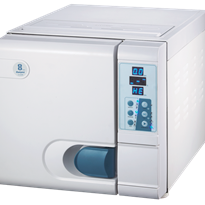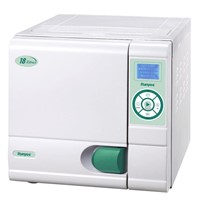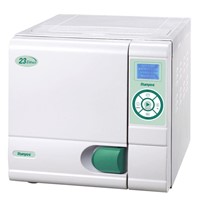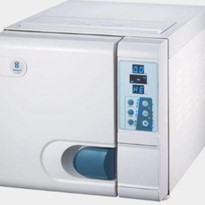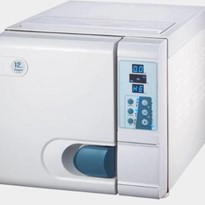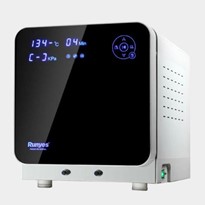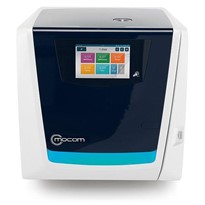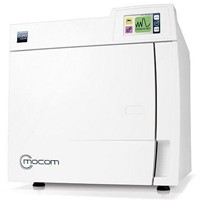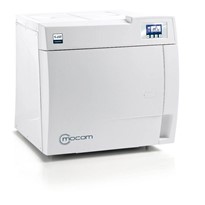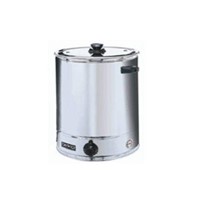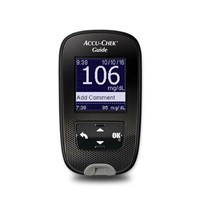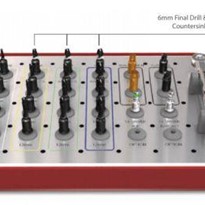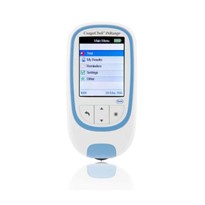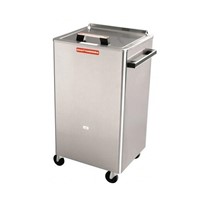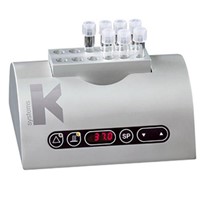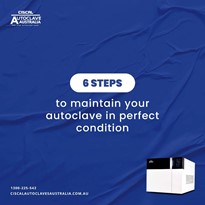For an autoclave to do its job properly it must reach the correct temperature.
This means that it is important to properly test the autoclave heating element to ensure that it is working correctly.
Continuity is Not Enough
The most basic heating element test is to confirm that the element is showing continuity. This will at least reassure you that the element functions.
However, continuity just means that there are no breaks in the wiring. A 'functioning' element may still not be working correctly.
Testing The Autoclave Heating Element
The next test is to measure the amount of resistance in the element. This must be done when the autoclave is switched off and unplugged.
It is vital that there is no current going through the element when the resistance is being measured.
Each autoclave brand has a different target resistance value and you can find this on the manufacturer's website and in your documentation.
Set the multimeter to 200ohms, and put one probe at each end of the element (it does not matter which probe goes on each wire as long as there is a probe on both of the wires), and note down the readings that the meter gives.
Your autoclave will have more than one element, so test each one. The readings should fall within a range of +/- 10%.
If the element is more than 10% away from the target reading, in either direction, then it is not good.
Calculating the range is simple:
If your target ohms is 10, then you can accept any rating that is ten per cent above or below that reading. Ten per cent of 10 is 1.
So a reading between 9 and 11 is OK.
If the heating element gives readings that are outside of the accepted range on your volt/ohm meter or multimeter then you should replace it.
If you have a spare element and are not sure what unit it would fit, you can calculate that by checking the Ams and Resistance. Remember that Volts = Amps x Resistance, and Resistance = Volts / Amps.
These basic formulae can help you to calculate what kind of unit your heating element is for, so they can be useful if you have misplaced the packaging or want to confirm that the correct element was installed in the unit.
How Long Should a Heating Element Last?
The life of an autoclave depends on how well it is maintained, and the quality of the water in your area.
If you are working in an area with hard water then the autoclave will not last as long.
If your organisation does not drain the generator and flush out any deposits on a regular basis, and descale the autoclave often, then you will see a decline in performance.
With proper maintenance, however, a heating element should be expected to last five to ten years.
You may notice that the efficiency of the heating element declines over time, though, and in high-use environments, you might want to replace the elements more often.
In general, it is a good idea to perform a blowdown on the generator at least weekly. Daily blowdowns may be required in hard water environments.
Remember that the heating coils are not the only things that must be maintained.
You should take care to ensure that the steam valves are in good condition and that the contractors and steam traps are properly maintained as well.
Purchasing replacement parts from time to time will keep your autoclave running nicely and is far more cost-effective than having to replace the entire autoclave.
If you are searching for the best autoclave supplier in Australia, then look no further than Medical Equipment Services Australia.
We were originally established in 1952 in order to provide electro-medical products to healthcare professionals across the country.
The company (Medical Equipment Services) was acquired by Medical Equipment Australia in 2009. Since then, we have also expanded into the dental industry.


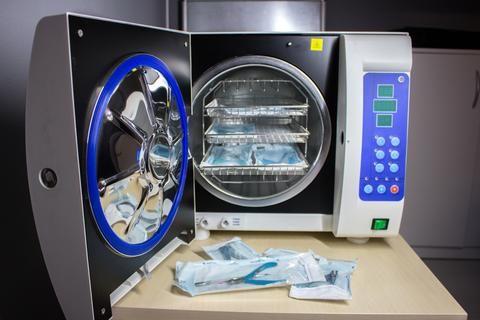


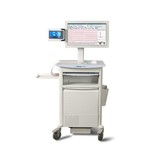
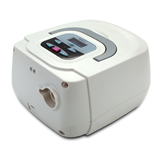

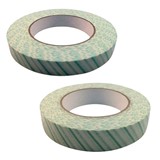

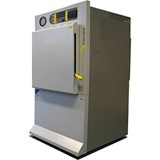
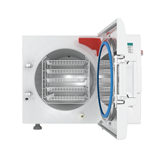
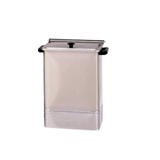
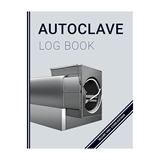
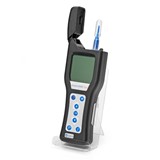
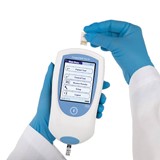
-205x205.jpg)
-205x205.jpg)

